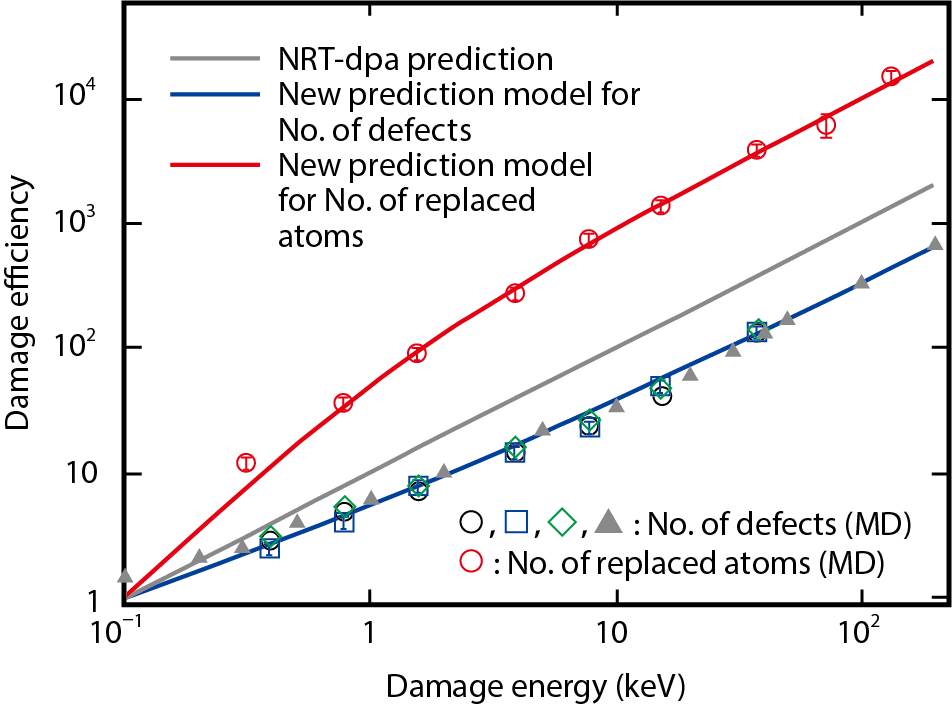
Fig.9-5 Displacement-damage MD simulation in materials

Fig.9-6 Comparison between our new radiation-damage-evaluation formula and MD results
When a solid’s atoms are irradiated by high-energy particles such as electrons, neutrons, and protons, a large amount of energy is given to the primary knock-on atom, which is displaced from its original position in the solid; in some cases, chain reactions of atomic displacements take place, leaving many lattice defects (Fig.9-5). We call this phenomenon displacement damage. As this phenomenon disrupts crystal structure, the original properties of solids undergo changes. Nuclear materials exposed to severe radiation thus change their properties such as dimension and strength during the operation, causing deterioration of safety and efficiency. However, accurate prediction of such changes allows us to cope with such deterioration proactively. Thus, we need to predict how many particles will be displaced by specific irradiation. To date, this has been done using a damage-evaluation formula proposed by three scientists–Norget, Robinson, and Torrens–in the 1960s, called the NRT model. This formula simply evaluates the number of atoms displaced by a particle in proportion to that particle’s energy. Although it is easy to use, many scientists and engineers have issues with it, as it reproduces the results of neither radiation experiments nor high-precision molecular-dynamics (MD) simulations.
In 2011, the Working Party on Multiscale Modelling of Fuels and Structural Materials for Nuclear Systems was launched as part of OECD/NEA activities, and three JAEA computational materials scientists participated. At the experts’ meeting on primary radiation damage, they concluded that a new irradiation-damage-evaluation formula would be appropriate, and an international project for this purpose was launched: first, they determined the form of the equation by physical investigation; secondly, they determined the coefficients of the equation by fitting it to the result of the high-precision MD displacement-damage simulation. This method not only enables the formula to reproduce the MD results but also allows each term to retain some physical meaning. In addition, this method enables an evaluation formula to be established even for materials for which there are no experimental data.
As can be seen in the right pane in Fig.9-5, a majority of atoms once displaced will return to lattice positions. This ‘retuning’ effect was considered in the new evaluation formula. As shown by the blue line in Fig.9-6, the new formula reproduces the number of surviving defects.
Although the primary damage process is completed within 1 ns, the defects continue moving slowly at a finite temperature; this causes the defects to further disappear and to be clustered over a long period of time. Without knowledge of such kinetics, it is not possible to properly model the experimentally observed displacement damage. A study of this long-term behavior by JAEA experts was referenced in the OECD/NEA final report.